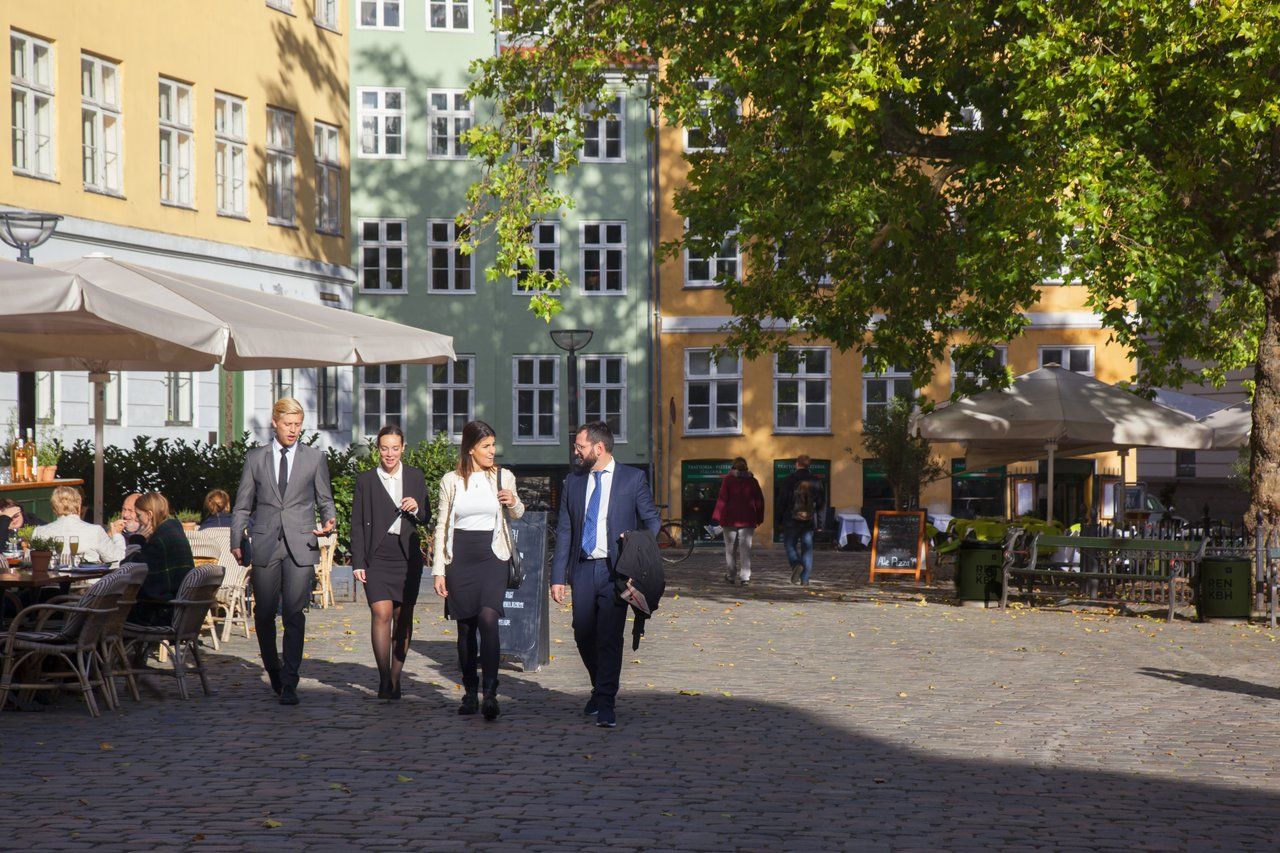No, it’s not an April Fools’ Day gag. The national weather forecaster DMI has predicted a week brimful with sunshine.
Six out of the next seven days are expected to have ample sunshine and temperatures in the double figures, with only Wednesday offering up a morose menu of clouds and rain.
“Wednesday will be the wettest and most cloudy day this week. It will start off with some slight drizzle but turn into proper showers as the day progresses,” Anja Bodholdt, a meteorologist with DMI, told BT tabloid.
READ MORE: Bring on the heat! Temperatures to soar in April
Life’s a birch … soon
But things will clear up on Thursday again with temperatures reaching upwards of 15 degrees, leading to more sunshine again on Friday and Saturday.
But the good weather will also have its pitfalls – for allergy sufferers at least.
Over the past two years, the birch pollen allergy season has kicked off between March 29 and April 11, so there is a decent chance of it commencing sometime in the next couple of weeks.














